If you're new to GMRS and suddenly find yourself receiving the same transmissions on two different channels, you might feel a bit confused. However, there's a logical explanation for this phenomenon.
Understanding the Scenario
You've been monitoring your local MidwestGMRS repeater on RPT1/channel15/462.550. But while scanning channels, you notice the same transmissions on RPT4/channel18/462.625, albeit slightly weaker. Here's why this happens:
Linked Repeaters
Most likely, there are two separate repeaters operating on different channels that are linked together over the internet. This linking allows for broader coverage and seamless communication across larger areas.
How It Works:
- Transmission: A user transmits to repeater 'A' on RPT1/channel15/462.550.
- Linking: The signal received by repeater 'A' is retransmitted by both repeater 'A' and linked repeater 'B'.
- Reception: If you are within the coverage area of both repeaters 'A' and 'B', you will receive the same transmission on their respective channels.
Overlapping Coverage
The overlapping coverage area of the repeaters means that you can hear the same transmission on multiple channels. This overlap ensures that communication remains consistent even if one repeater's signal is weaker in certain areas.
Practical Example:
- Repeater 'A': Broadcasts on RPT1/channel15/462.550.
- Repeater 'B': Linked to 'A' and broadcasts the same signal on RPT4/channel18/462.625.
- Your Location: In the range of both repeaters, you receive transmissions from both 'A' and 'B', though the signal strength may vary.
Why Does This Happen?
- Increased Coverage: Linked repeaters enhance the range and reliability of communication networks.
- Redundancy: If one repeater fails, the other can still provide coverage, ensuring continuous communication.
- User Convenience: Users can access the network from multiple points, making it easier to stay connected.
Conclusion
The presence of linked repeaters in GMRS networks is a common practice to ensure wide-area coverage and reliability. If you notice the same transmission on two different channels, it's likely due to this linking, allowing seamless communication across the network.

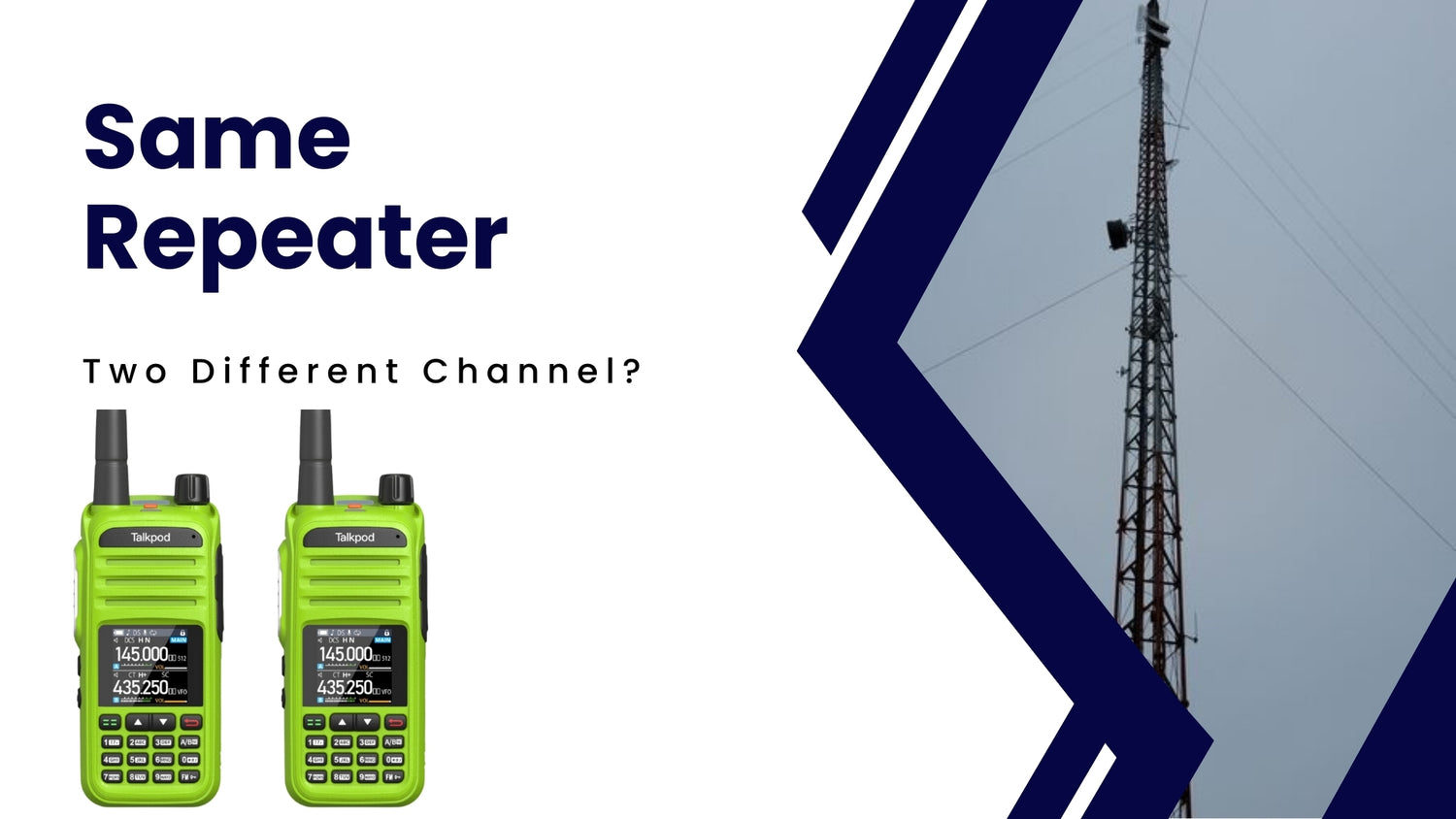


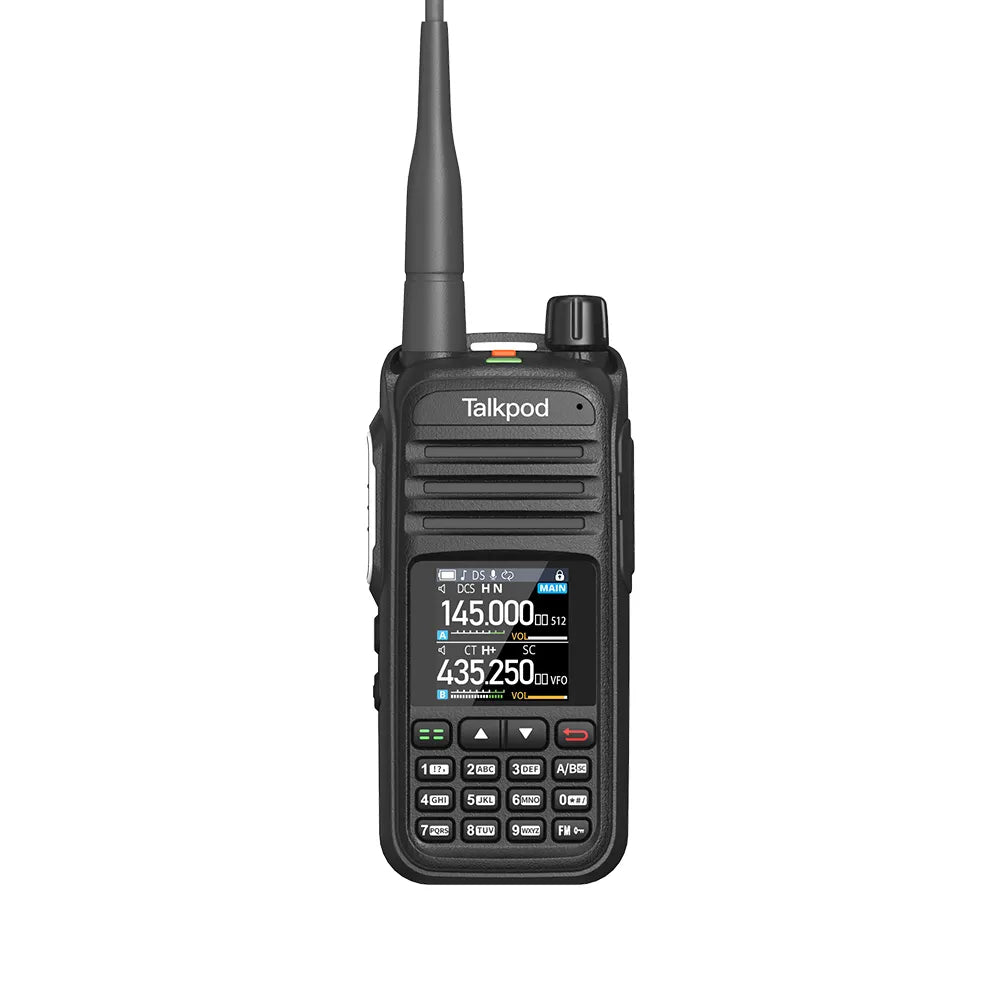
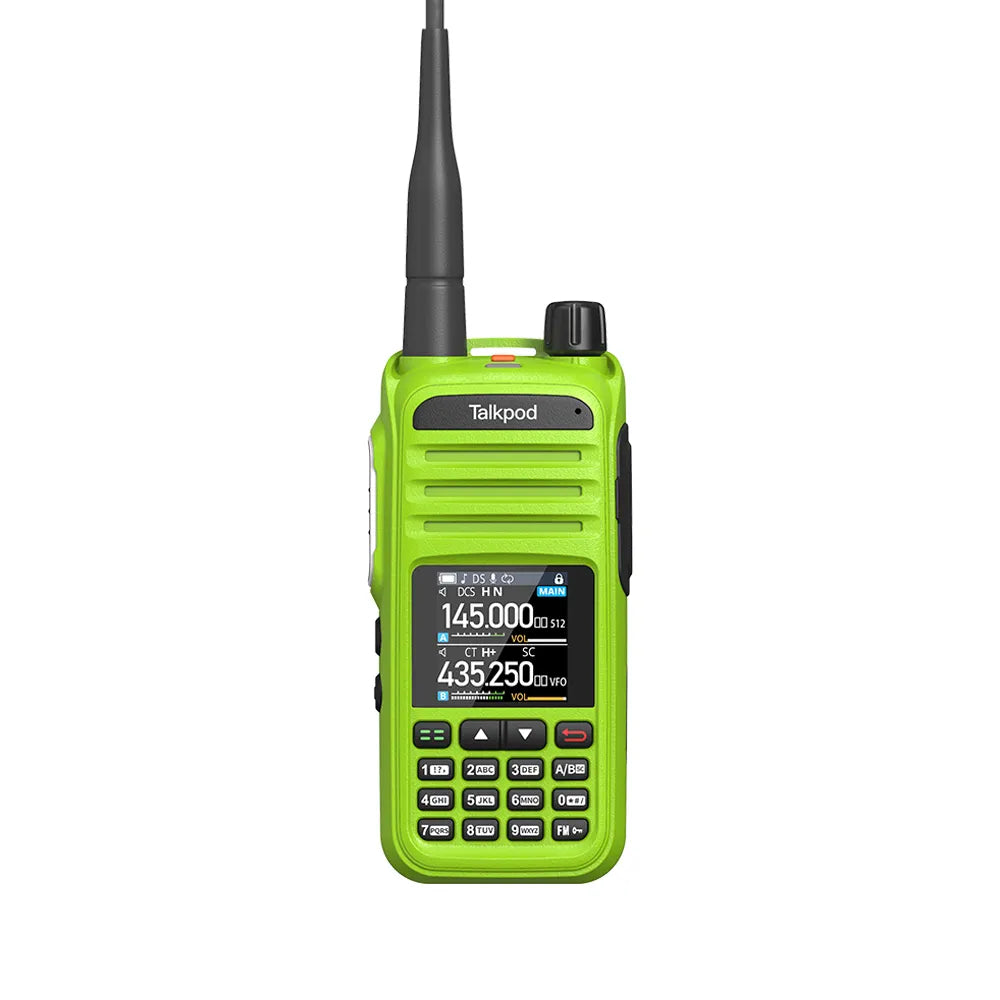


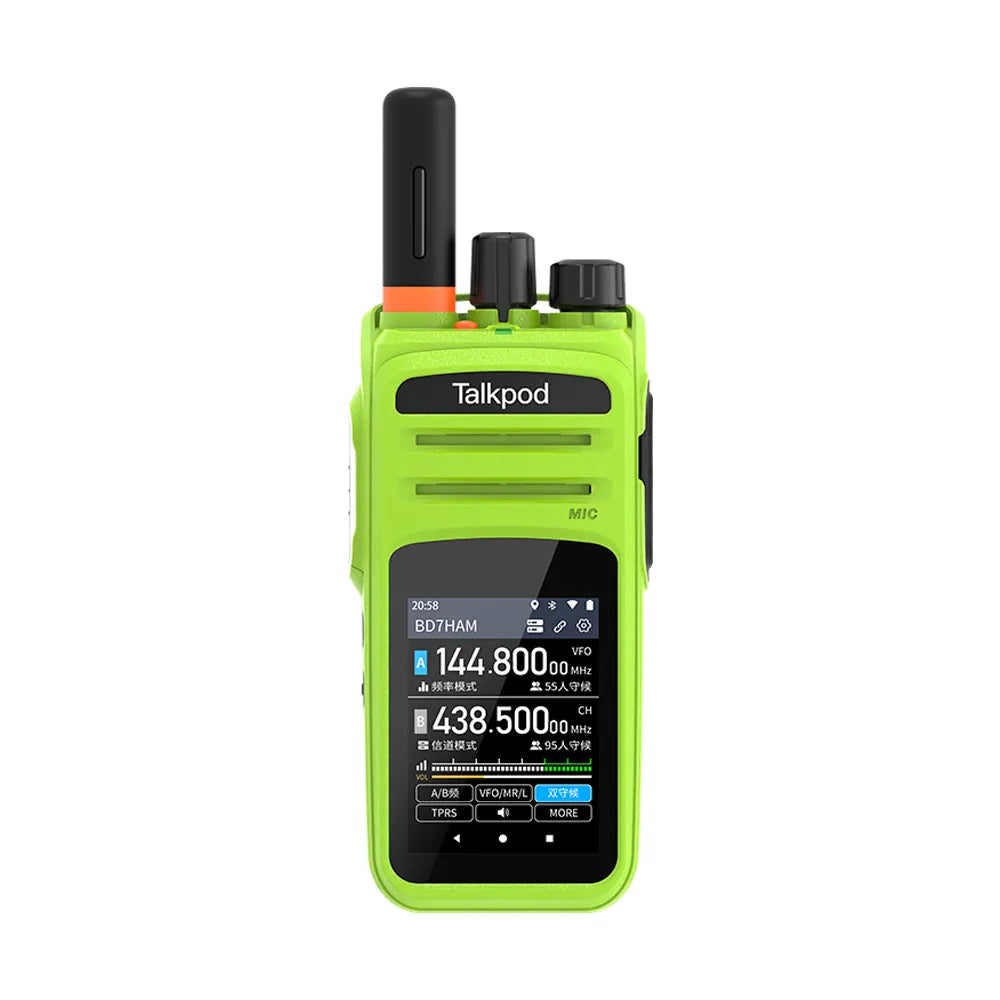
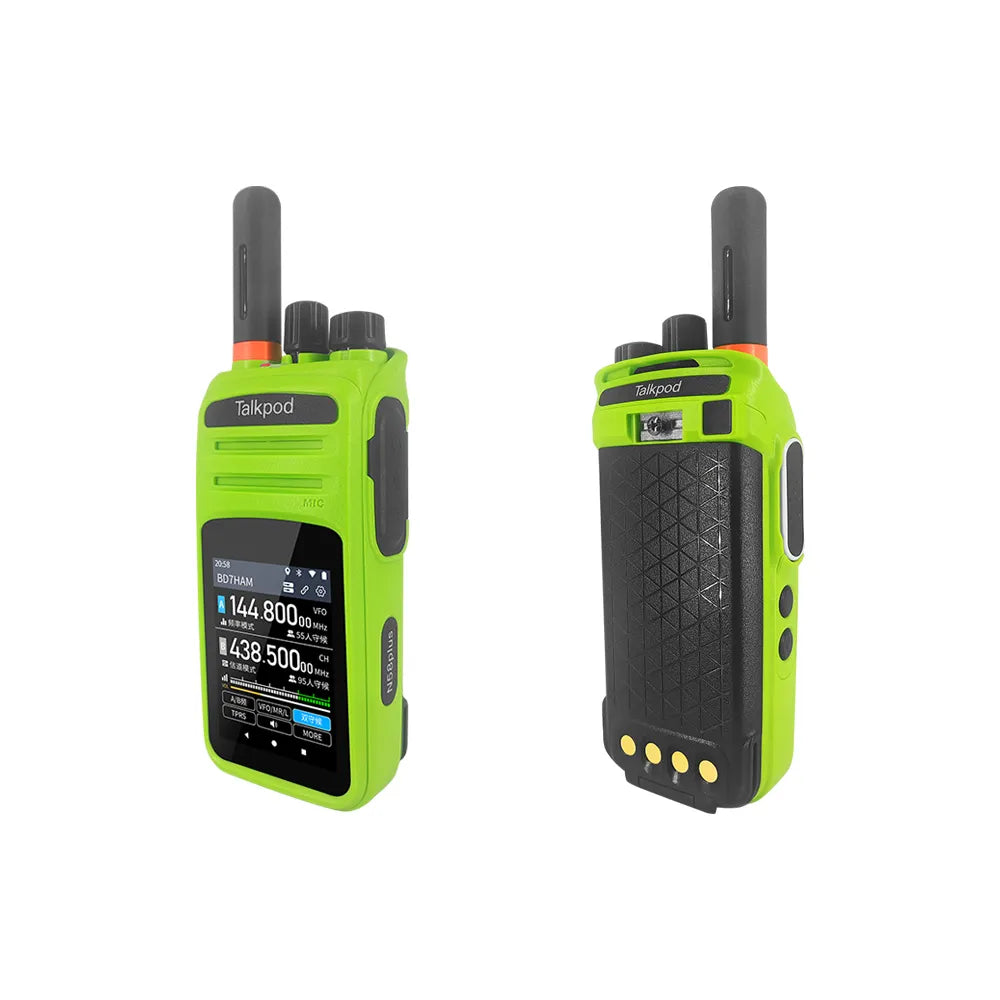
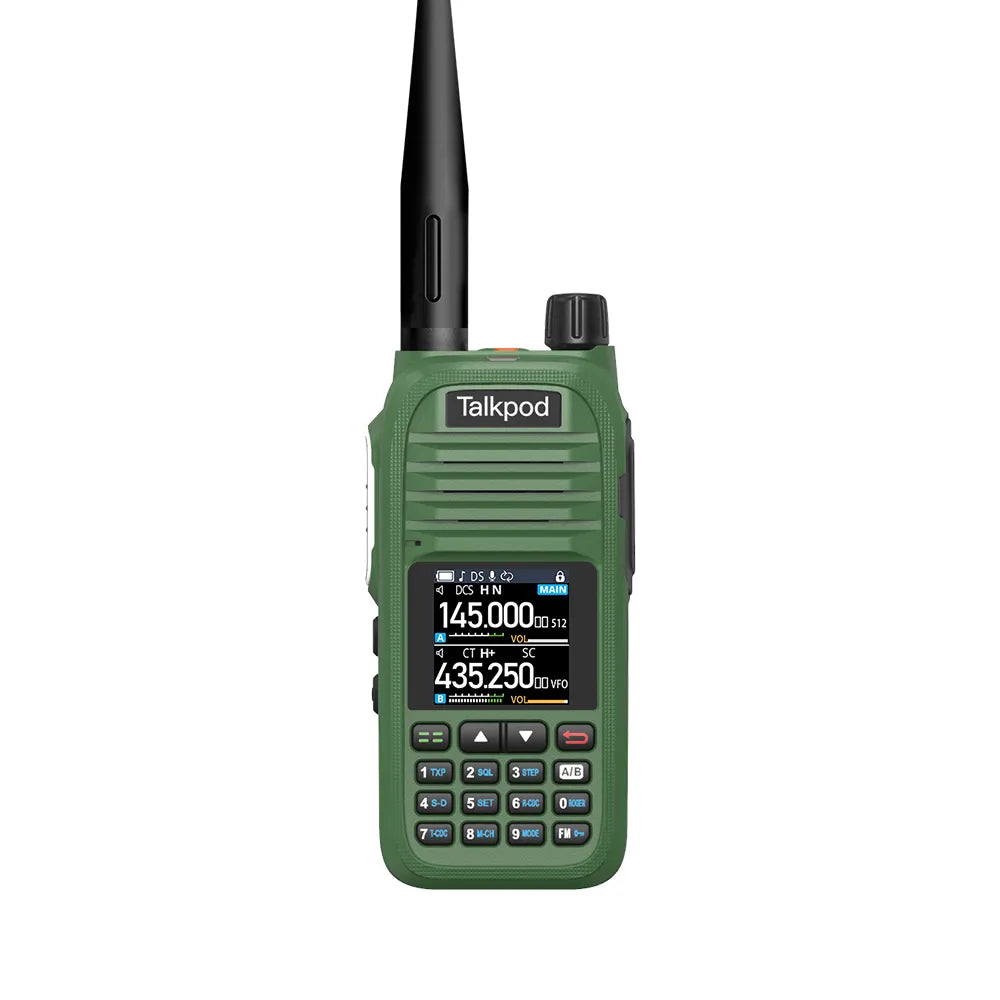
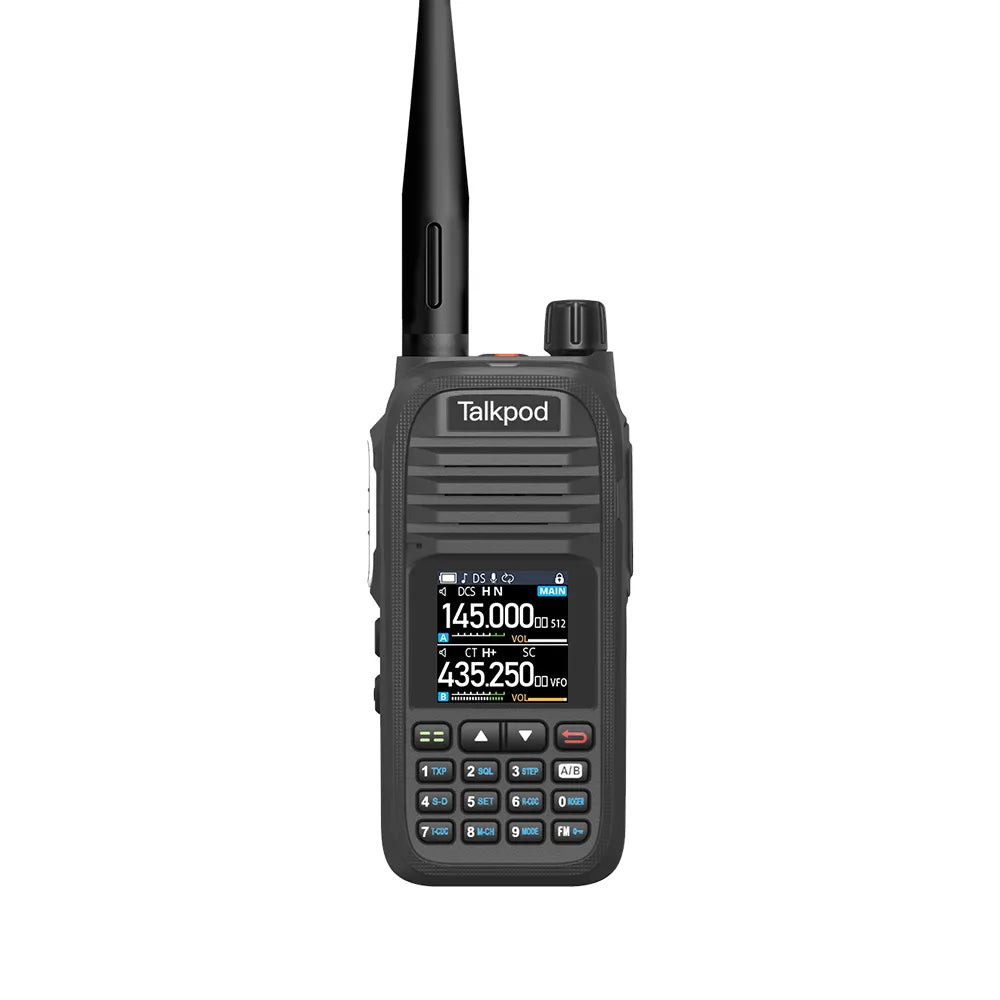
Leave a comment
All comments are moderated before being published.
This site is protected by hCaptcha and the hCaptcha Privacy Policy and Terms of Service apply.